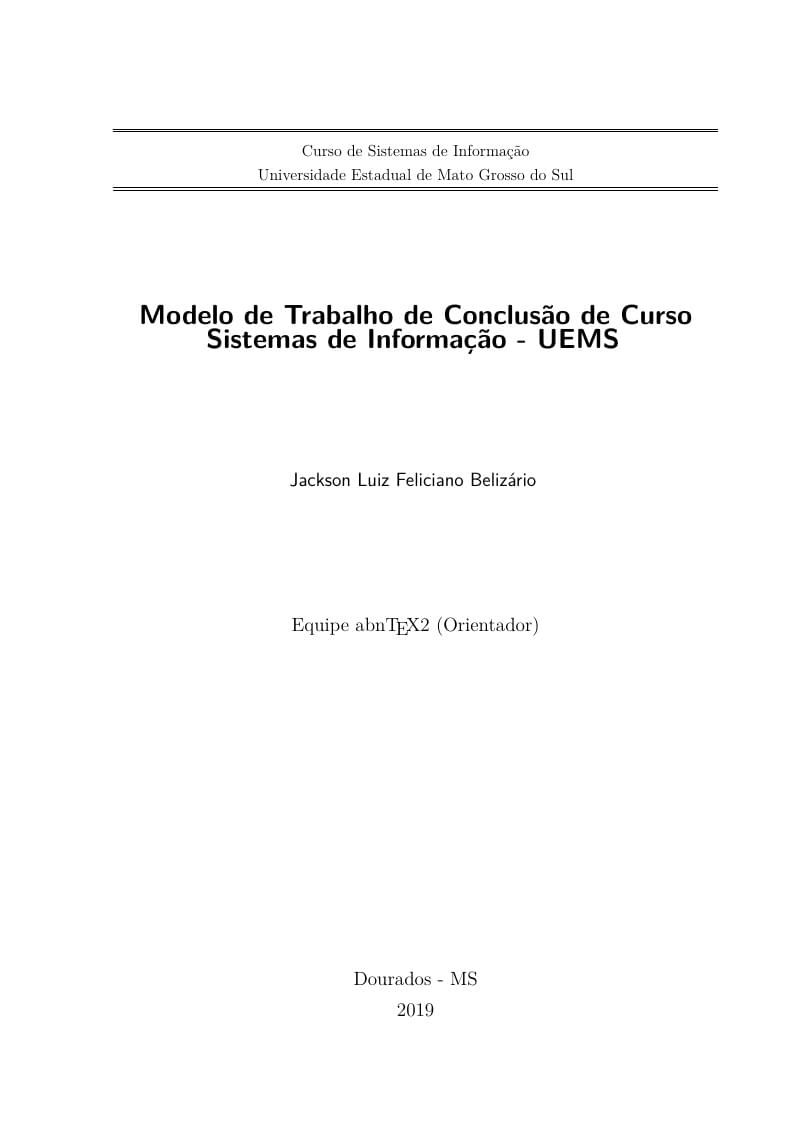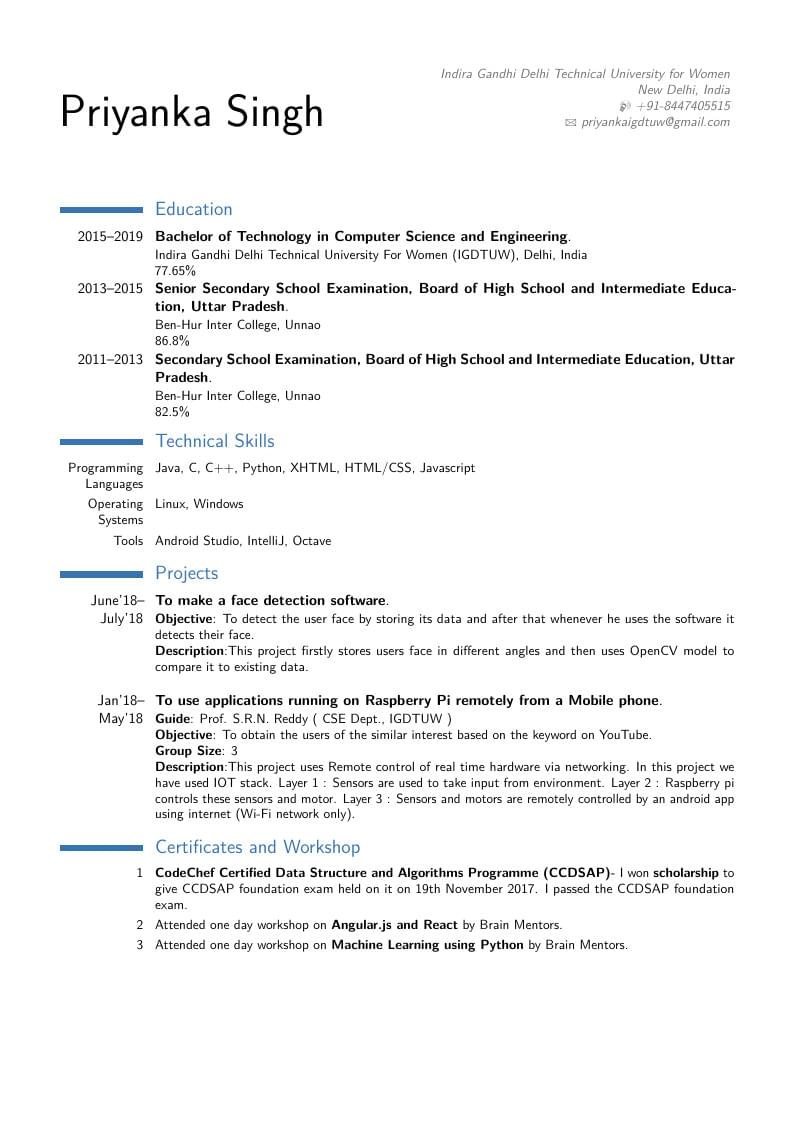overleaf template galleryLaTeX templates and examples — Recent
Discover LaTeX templates and examples to help with everything from writing a journal article to using a specific LaTeX package.

Modelo de Tese e Dissertação UFRRJ como capítulo. Pequeno ajuste para o Curso de Pós-graduação em Ciência Tecnologia e Inovação Agropecuária, mas serve bem a qualquer curso da instituição.

Modelo para TCC de Sistemas de Informação ou Ciência da Computação - UEMS

Template para Ibracon 2019 (Labmem)

Template para o artigo final do TCC da Especialização em Data Science & Big Data (DSBD) da UFPR.

umsthesis is a LaTeX class for authoring theses that fulfill formatting specifications required by Universiti Malaysia Sabah (UMS), commissioned by Mohd Kamalrulzaman Md Akhir.This is version 1.0 (August 4, 2016). Update announcements will appear here. Important: Compile with xelatex!

This is the boilerplate I used for my third co-op report at the University of Victoria.

Priyanka Singh's Résumé

This template can be used for Project Reports. It is customised for the AGISIT MSc course at Instituto Superior Técnico (IST) of Universidade de Lisboa (UL), but can be used for other purposes.

When an issue arises in a building, people's evacuation is a recurring challenge. We wondered whether we could make a realistic simulation of people’s evacuation based on a simple physical model. First, we elaborated this model and then we simulate the people’s comportment on MATLAB. We could conclude that our simulation is enough to describe the general comportment of people.
\begin
Discover why over 20 million people worldwide trust Overleaf with their work.